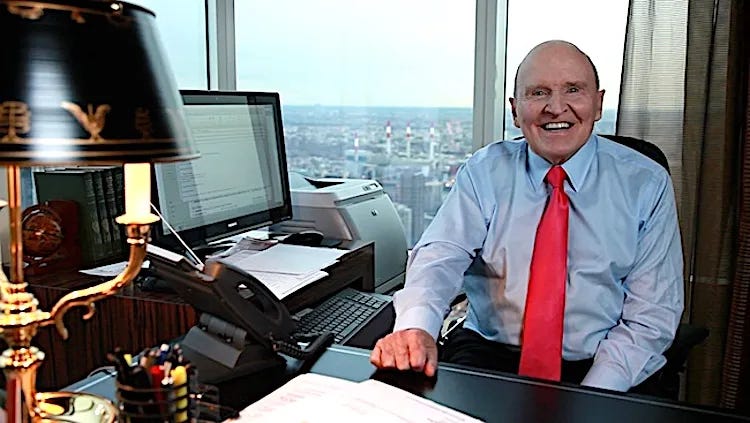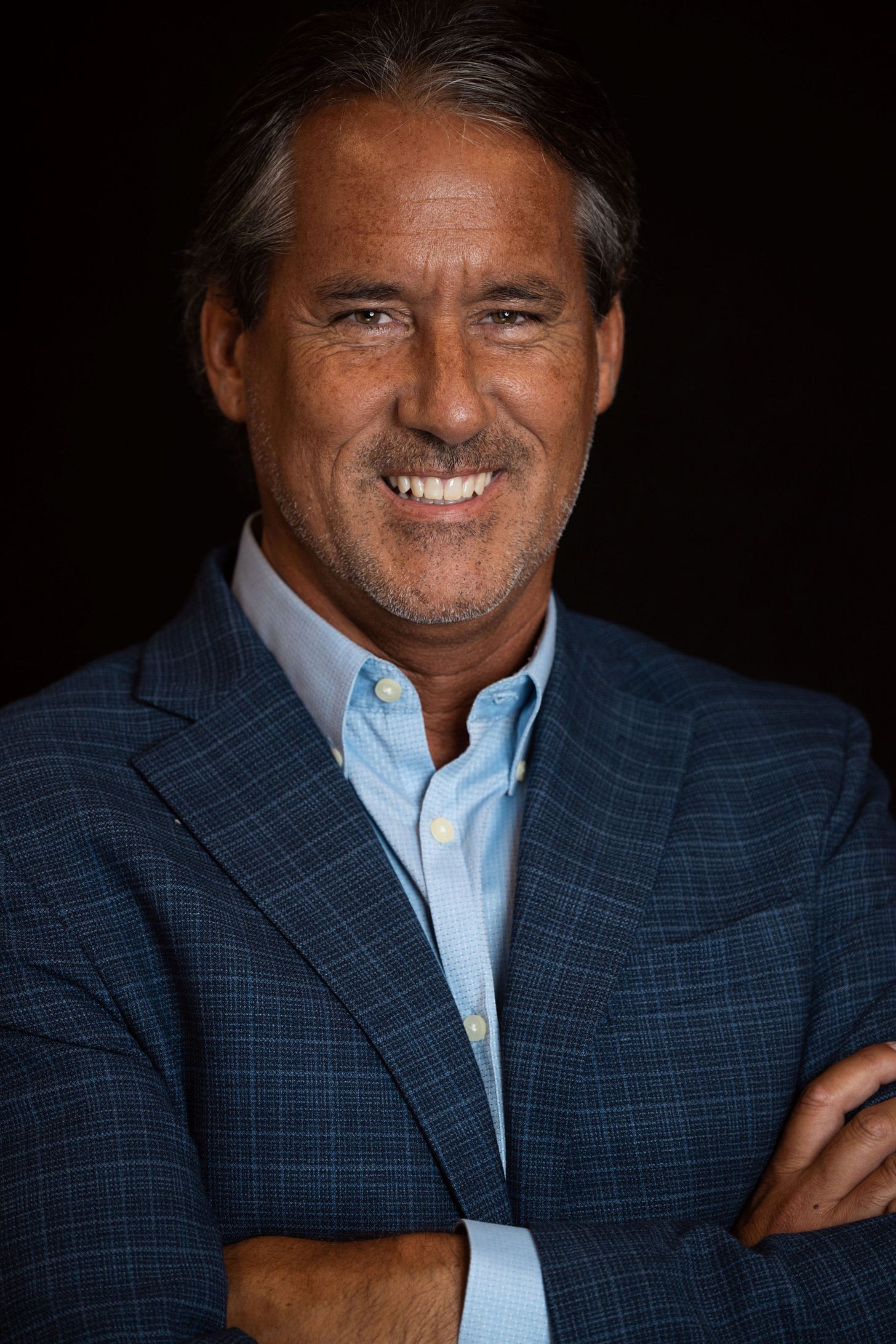Debate About the Value of Reverse Mentoring
Is it a sound practice with an attractive ROI or is that vastly overstated
There is disagreement about the benefits of upward mentoring within organizations. The practice does has advocates and is valued within certain organizations yet there are some leaders who voice concerns about its potential and effectiveness.
Reverse mentoring brings together younger employees with an executive team members to inform and offer guidance about different areas of strategy and culture.
“In the late 1990s, GE’s Jack Welch used reverse mentoring to teach senior executives about the internet,” wrote both Jennifer Jordan, a psychologist and professor of leadership at IMD in Switzerland and Michael Sorell, a research fellow at IMD, in their collaborative Harvard Business Review article, Why Reverse Mentoring Works and How to Do It Right.
“But modern reverse mentoring extends far beyond just sharing knowledge about technology; today’s programs focus on how senior executives think about strategic issues, leadership and the mindset with which they approach their work.”

General Motors CEO Mary Barra has also discussed the value of the process with @postopinions’ Bina Venkataraman.
“We do reverse mentoring at General Motors, where we take people who are new to the company and have them mentor the senior leadership on how we can be better leaders, how we can understand how they think, how they work,” she said.
“And then, from a technology perspective (too), because they've grown up in a digital world that many of the leaders in my generation, we did not."
Jack Kelly, founder and CEO at the Compliance Search Group, wrote about at it Forbes.
“Mentorships enable sometimes out-of-touch senior leaders to learn about current trends, new technologies and emerging topics directly from junior digitally-savvy employees,” Kelly explained. “The conversations will better help leaders understand challenges faced by younger employees.”
It isn’t an initiative that all or many organizations adopt and implement. That may be a missed opportunity because of the value that can be forfeited.
It “shows newer employees their voice matters and it keeps leaders from losing touch,” says Chris Anderson, general counsel at Rayburn Electric Cooperative.
“That starts with new employee meetings with our Executive Team, where the small group dynamic breaks down barriers and builds touch points for future dialogue.”
Anderson says the commitment to learning goes deeper.
“We’re also implementing ‘stay interviews,’ where HR meets with employees to hear what’s working, what’s not and what matters most in their day-to-day work,” he says. “The goal is actionable feedback leadership can act on.”
The Changing of Composition of the Workplace
“A decade ago, 60% of our employees were Baby Boomers but today 60% are Millennials,” Anderson says. “As that shift took root, reverse mentoring began happening naturally.
“I recall a young analyst working with a veteran compliance officer to rethink how we tracked regulations. Nobody asked them to do it but because we encourage collaboration across experience levels, the result was stronger than either could have produced alone.”

Not every leader is a believer in and proponent of reverse mentoring.
“Younger employees often live inside the culture, tools and networks that are shaping the future but that doesn’t automatically make their perspective valuable, comprehensive or free of dangerous bias,” says Jared Navarre, a creative strategist and founder at Keyni Consulting, helping organizations launch, scale and exit ventures.
“If a senior leader takes everything as gospel, the reverse mentor relationship can actually do more harm than good.”
Navarre offers a recommendation and alternative approach.
“It helps when organizations train younger mentors to frame their insights with context — separating passing trends from structural shifts — but the real fix is simpler: blend one-on-one conversations with group sessions,” he says.
If there is value, where is it greatest for leaders, the organization and new hires? It’s a useful question to explore to determine crucial findings.
“In HR and Legal,” Anderson says, “I see daily how quickly the workplace is changing, and reverse mentoring helps us avoid decisions based on old assumptions.
“For new employees, the benefit is belonging and realizing their ideas can influence how a billion-dollar power company serves its members.”
He elaborates how it works in his organization.
“We call this a ‘flat organization mindset,’ where authority lives closer to the work,” Anderson says.
“A good example is Dylan, who soon after joining to manage our GIS system, suggested ways to streamline workflow and add capabilities. Rather than waiting for direction, he collaborated across departments, built consensus and delivered a plan that leadership could approve with confidence.
“That’s real empowerment and reverse mentoring works the same way by keeping leaders open and showing employees their voice carries weight. When both sides lean in, the culture thrives and everyone wins.”
Navarre elaborates on what he mentioned earlier.
“With group sessions, leaders hear multiple perspectives instead of relying on a single lens. That way, both sides supplement the dialogue with trusted outside sources, credible data, consultants and vetted research.
“That sort of hybrid model gives organizations the best shot at turning, what they hope to be, fresh perspectives into actual valuable insight.”







This of course all depends on senior leadership being humble, curious and open-minded enough to accept reverse mentoring!
Now, I like what you write and appreciate what you bring to the table, so I am pulling back on this one. There was no debate here. It was a one-sided piece.
Now, I have two fundamental issues for the other side of the debate on this issue:
What I see with a program like this is that, like all programs, it has merits, but it is working against human nature itself. The two biggest pitfalls are that it creates a fake power structure; these "mentors" have no power and don't understand what happens at the top. Those at the top might not be aware of what happens below, but that is only because they are not directly involved; they do understand, as they have held those roles before. These new 'mentors' have no genuine concept of the C-suite. The other issue is that it can create a crony network if left unchecked. The new 'mentors' will rise faster and are hand-picked from the start.
I just wanted to add some balance here. Thanks